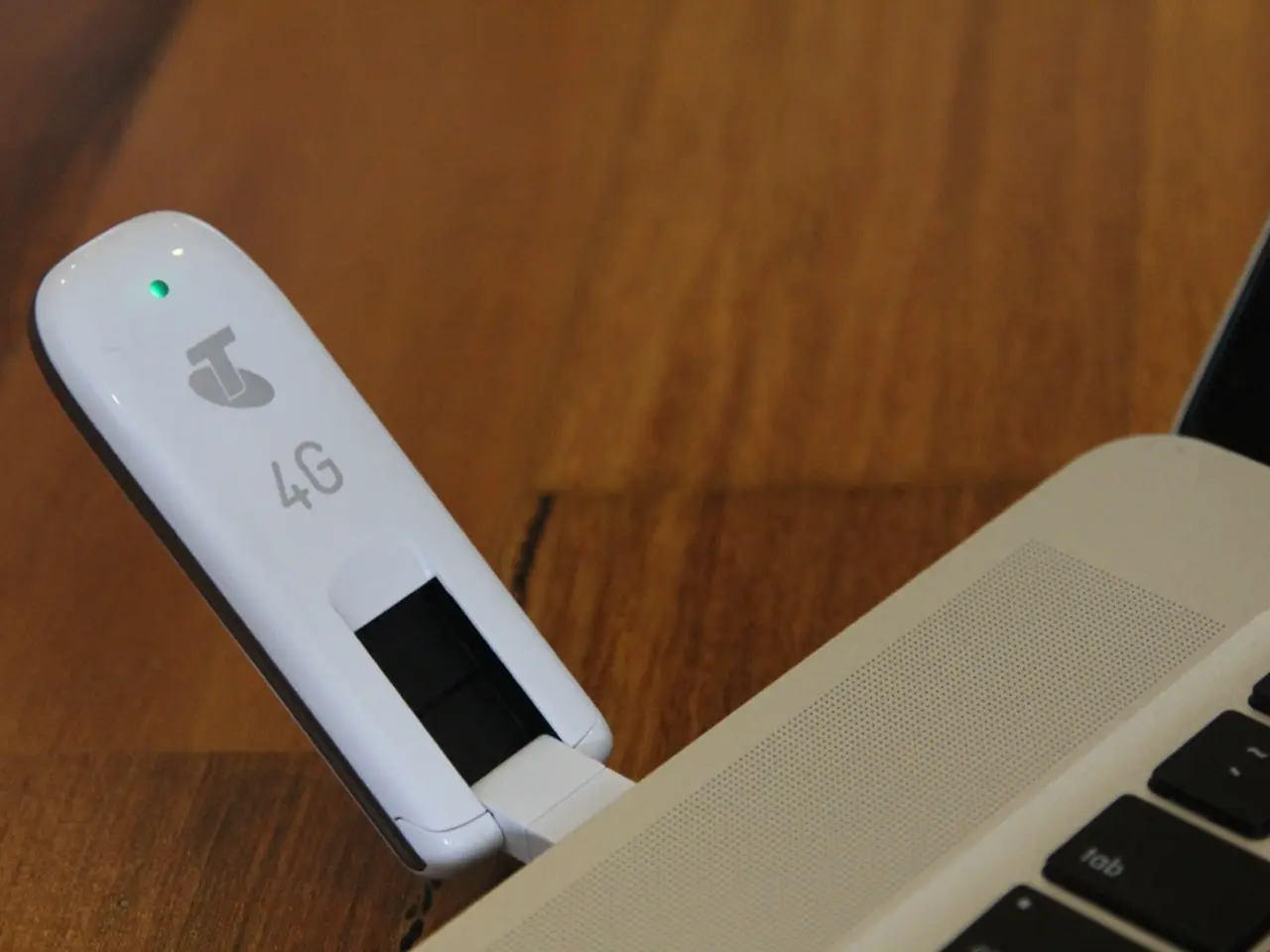Securing Connected Devices through a Zero-Trust Approach: A Comprehensive Guide
### Zero-Trust Security Architecture for Medical IoT Devices: A Crucial Shift in Healthcare Security
In the rapidly evolving landscape of healthcare, the importance of robust cybersecurity measures has never been more critical. One such evolution is the adoption of zero-trust security architecture, a strategy that is increasingly crucial in securing medical Internet of Things (IoT) devices used in healthcare organizations.
This approach, which treats every device, user, and connection as untrusted until verified and continuously monitored, is designed to prevent unauthorized access and protect sensitive data.
### Key Components
The core components of zero-trust security architecture include continuous verification and monitoring, segmentation and isolation, least privilege access, and proactive threat detection and response.
1. **Continuous Verification and Monitoring**: Medical IoT devices, such as wearable monitors and smart infusion pumps, are continuously verified to ensure they are legitimate and authorized to access the network. Real-time monitoring is employed to detect any abnormal behavior that could indicate a security threat.
2. **Segmentation and Isolation**: Devices are isolated from administrative networks to prevent lateral movement in case of a breach. This segmentation limits the attack surface and reduces the risk of sensitive data being compromised. Device role-based access ensures that each device only accesses necessary data and systems.
3. **Least Privilege Access**: Role-based access control (RBAC) is used to allow devices to access only the data and systems necessary for their operation, reducing potential vulnerabilities. Ensuring that each device operates with the minimum privileges required for its function minimizes the impact of a potential breach.
4. **Proactive Threat Detection and Response**: Advanced analytics are used to detect threats in real-time, and AI-driven security platforms can automatically block or isolate devices showing suspicious behavior to prevent breaches.
### Benefits for Healthcare Organizations
The benefits of implementing zero-trust security architecture are manifold. It enhances patient data protection by ensuring that only authorized devices can access sensitive patient health information (PHI). It also reduces the risk of ransomware attacks, such as WannaCry, which have previously disrupted healthcare services.
Moreover, zero-trust security architecture helps healthcare organizations meet strict regulatory requirements by demonstrating robust security measures.
### The Future of Zero-Trust Security in Healthcare
The organization's zero-trust roadmap will change over time due to new developments in medicine, technology, and security threats. As more devices log on to healthcare networks in more dispersed environments, the task of protecting valuable data becomes more challenging.
However, by focusing on their security strategy and applying a zero-trust framework within it, healthcare organizations can ensure that every medical IoT device is treated as an enterprise resource and falls under the governance of their zero-trust approach.
The security principles that protect patient data in hospitals must also apply to these devices. This approach uses microsegmentation to build a least-privileged network, where every user and system has its own perimeter, and access to resources is granted only after strong authentication hurdles are cleared.
In conclusion, zero-trust security architecture is an essential step towards creating a robust, proactive, and continuous security strategy that protects against evolving cyber threats in the healthcare sector. It is a continuous framework that healthcare organizations must work toward, with regular assessments to understand their security posture, identify gaps, and build out a strategic roadmap for improvement.
*The integration of data-and-cloud-computing technologies can enhance the effectiveness of zero-trust security architecture by providing real-time monitoring and analytics capabilities, boosting the system's ability to quickly detect and respond to potential security threats in healthcare organizations.* Strengthening the zero-trust security approach for medical IoT devices with advanced technology such as AI and machine learning can help in predicting and preventing security breaches, thus maintaining the highest level of security for sensitive healthcare data.




